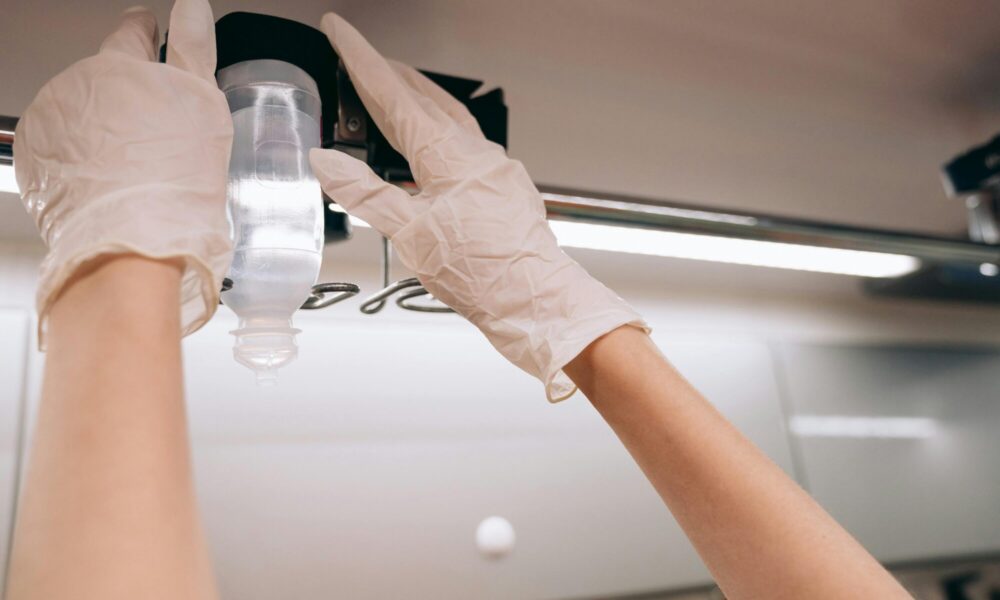The Science Behind HBOT: What Happens to Your Body Under Pressure

When you hear the word “hyperbaric,” it might sound like something out of a science fiction movie.
But hyperbaric oxygen therapy (HBOT) is a real, powerful medical treatment that’s helping people heal faster and feel better. And it all starts with one thing: pressure.
In many hospitals and wellness centers, doctors use a special machine called a hyperbaric oxygen chamber.
Some are made for one person, but others, called multi place hyperbaric oxygen chamber for sale, can treat several patients at once. These chambers are changing lives — and here’s how they work.
Hyperbaric oxygen therapy is a treatment where you breathe 100% pure oxygen while inside a pressurized chamber. Normally, the air we breathe has about 21% oxygen.
But in a hyperbaric chamber, your lungs take in much more oxygen than usual — because of both the high pressure and the purity of the air.
This boost of oxygen gives your body what it needs to repair itself more quickly. That’s why HBOT is often used for healing wounds, fighting infections, and helping with conditions like carbon monoxide poisoning or decompression sickness (which scuba divers can get).
What Happens to Your Body in the Chamber?
Let’s break it down in a simple way.
1. More Oxygen in Your Blood
When you go into the chamber, the pressure is increased to about 2 to 3 times the normal air pressure. This doesn’t crush you — it just means your body absorbs more oxygen.
Under this pressure, oxygen dissolves directly into your blood plasma — not just the red blood cells. That means more oxygen can reach places in your body where blood flow might be poor, like damaged tissues or inflamed areas.
2. Faster Healing
Your body uses oxygen to repair tissue and fight off harmful bacteria. With more oxygen flowing through your system, cells work better and faster. It’s like giving your body a boost of energy right where it needs it.
This is especially helpful for people with burns, slow-healing wounds (like diabetic ulcers), and after surgery. Some studies even suggest it may help with brain injuries or post-stroke recovery.
3. Reduced Swelling and Inflammation
Swelling is often the body’s way of reacting to injury. But too much swelling can slow down healing. Oxygen therapy reduces inflammation, allowing your body to recover without as much pain or stiffness.
4. Stronger Immune Response
Oxygen can stop the growth of certain harmful bacteria. So during HBOT, your body has a better chance of fighting off infection. It also supports white blood cells — the soldiers of your immune system — helping them destroy germs more efficiently.
Is HBOT Safe?
Yes, when done under medical supervision. Doctors carefully control the pressure and oxygen levels inside the chamber. Most people don’t feel anything unusual during the session, except a little pressure in the ears (like during a flight).
Side effects are rare, but some people might feel lightheaded or tired after a session. It’s always important to follow medical advice and never try oxygen therapy without proper guidance.
Why People Choose HBOT
Some people use HBOT for medical reasons, while others turn to it for general wellness. Athletes use it to recover faster. Others use it to feel more energized or boost focus. As research grows, the list of possible benefits continues to expand.
Even more exciting is the growing access to this therapy. Years ago, you had to visit a hospital to try it.
Now, with options like a multi place hyperbaric oxygen chamber for sale, more clinics and wellness centers are adding HBOT to their treatment lists — making it easier for people to get the help they need.
Final Thoughts
HBOT may seem like a high-tech miracle, but it’s really just using one of nature’s most powerful tools — oxygen — in a smart way. By adding pressure, we help the body heal better, faster, and more completely.
Whether you’re recovering from an injury, fighting off illness, or just want to feel your best, HBOT shows us how science and oxygen can work together for powerful results.

Source: The Science Behind HBOT: What Happens to Your Body Under Pressure




